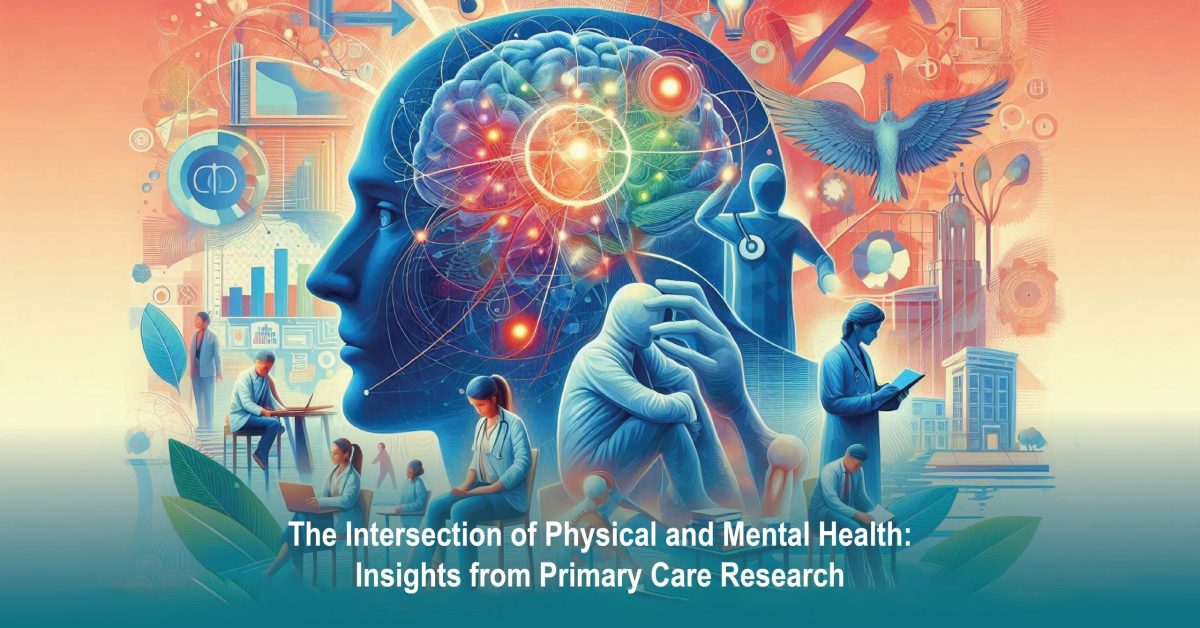The Utility of PRIME in Diagnosing Mental Disorders in American Indians
Different mental health disorders require assessment under culture since it plays an important role in the prognosis and treatment procedures. An evaluation of the effectiveness of PRIME-MD has shown that in American Indian individuals, the screen helps to identify psychiatric disorders that individuals might not have reported because of cultural differences. Common mental disorders like major depressive disorder, generalized anxiety disorder, etc. are also reported in this population, which requires culturally appropriate diagnosis and management strategies. Integrating these cultural health practices with modern medical procedures can enhance patients’ compliance and other benefits.
The Challenge of Detecting Depression in Medical Patients
Major depressive disorder continues to be probably the most unrecognized and treated affliction in the ambulatory setting. Hence, though depression is one of the most common mental disorders, PC clinicians frequently fail to diagnose or manage it appropriately due to numerous barriers, such as time constraints, somatization of the symptoms, and stigmatization. The method of enhancing the identification of depression includes the usage of brief assessment instruments, learning and education models, and by utilizing treatment collaboration with mental health workers. If managed properly, the mentioned challenges may help in early diagnosis and management of the disease, therefore enhancing the welfare of depressed patients.
Depression: Managing This Chronic Condition in Primary Care
Focused interventions have also noted a potential for increasing the quality of treatment of depression in primary care facilities. These programs normally consist of the use of particular programs for any treatment, the use of therapy that comprises behavior therapy, the utilization of counselors in matters to do with medication compliance, and follow-up visits. Such comprehensive approaches are shown to produce higher medication compliance, increased satisfaction with patient treatment, and a more substantial decrease in depressive symptoms. It is also argued that using multiple-method approaches to intervention can improve the ability of a patient to deal with the condition and perhaps maintain a lasting recovery.
Case-Finding Instruments for Depression
Depression screening in primary care practices is very critical in minimizing further progression of the condition. Several case-finding instruments have been made available to help with depressive disorders; they include the Beck Depression Inventory and General Health Questionnaire, among others. They differ in terms of their complexity and length; however, their purpose is similar, which is to help in the detection of early signs of depression. Primary care practitioners should be acquainted with these instruments and utilize them in ordinary practice in an attempt to identify depressed patients at an early stage.
Collaborative Management of Depression
Several initiatives aimed at involving primary care physicians, mental health professionals, and other practitioners have reaffirmed the proper approach to people suffering from depression. Such models may involve a higher frequency of visits, joint decisions to be made, and joint care plans. It takes into consideration that patients offered collaborative care are more likely to assume their treatment schedules and leave records of higher satisfaction regarding their care. Such models can have the potential to provide physical and mental health care so that patients are served holistically.
Conclusion
Despite how primary care mainly deals with treating medical complications, mental health and physical health are especially intertwined, and much research focuses on this area. Some of the proposed solutions for integrating these domains can be applied to the practice to create a more effective approach to the patient’s problem-solving in the primary care setting. Hence, in delivering comprehensive patient care, biopsychosocial models of integrated care, cultural responsiveness, and optimal application of screening tools are the services required. However, knowledge translation, as in integrating research findings into practice, will go a long way in enhancing patient care and systems’ health in the future.
References
- Jackson, J.L., O’Malley, P.G. and Kroenke, K., 1999. A psychometric comparison of military and civilian medical practices. Military medicine, 164(2), pp.112-115.
- Nease, D.E., Volk, R.J. and Cass, A.R., 1999. Investigation of a severity-based classification of mood and anxiety symptoms in primary care patients. The Journal of the American Board of Family Practice, 12(1), pp.21-31.
- Valenstein, M., Kales, H., Mellow, A., Dalack, G., Figueroa, S., Barry, K.L. and Blow, F.C., 1998. Psychiatric diagnosis and intervention in older and younger patients in a primary care clinic: effect of a screening and diagnostic instrument. Journal of the American Geriatrics Society, 46(12), pp.1499-1505.
- O’Malley, P.G., Jackson, J.L., Kroenke, K., Yoon, I.K., Hornstein, E. and Dennis, G.J., 1998. The value of screening for psychiatric disorders in rheumatology referrals. Archives of Internal Medicine, 158(21), pp.2357-2362.
- Bensenor, I.M., Pereira, A.C., Tannuri, A.C., Valeri, C.M., Akashi, D., Fucciolo, D.Q., Isa, F.K., Lobato, M.L., Titan, S.M., Galvão, T.G. and Lotufo, P.A., 1998. Systemic arterial hypertension and psychiatric morbidity in the outpatient care setting of a tertiary hospital. Arquivos de Neuro-psiquiatria, 56(3A), pp.406-411.
- Kobak, K.A., Dottl, S.L., Greist, J.H., Jefferson, J.W., Burroughs, D., Mantle, J.M., Katzelnick, D.J., Norton, R., Henk, H.J. and Serlin, R.C., 1997. A computer-administered telephone interview to identify mental disorders. Jama, 278(11), pp.905-910.
- Parker, T., May, P.A., Maviglia, M.A., Petrakis, S., Sunde, S. and Gloyd, S.V., 1997. PRIME-MD: its utility in detecting mental disorders in American Indians. The International Journal of Psychiatry in Medicine, 27(2), pp.107-128.
- Kroenke, K., 1997. Discovering depression in medical patients: reasonable expectations. Annals of Internal Medicine, 126(6), pp.463-465.
